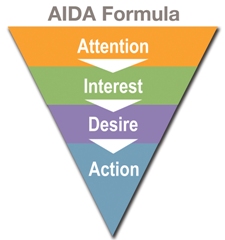When asking the five whys make sure you write down the specific problem/s and answers to your questions. The real problem is likely to change or come more into focus the deeper you dig.
Classic example of the 'Five Whys'.
The problem: the car won't start.
- Why? The battery is dead (first why)
- Why? The alternator is not functioning (second why)
- Why? The alternator belt has broken (third why)
- Why? The alternator belt was well beyond its useful service life and wasn't replaced (fourth why)
- Why? The vehicle was not maintained according to the recommended service schedule (fifth why, a root cause)







